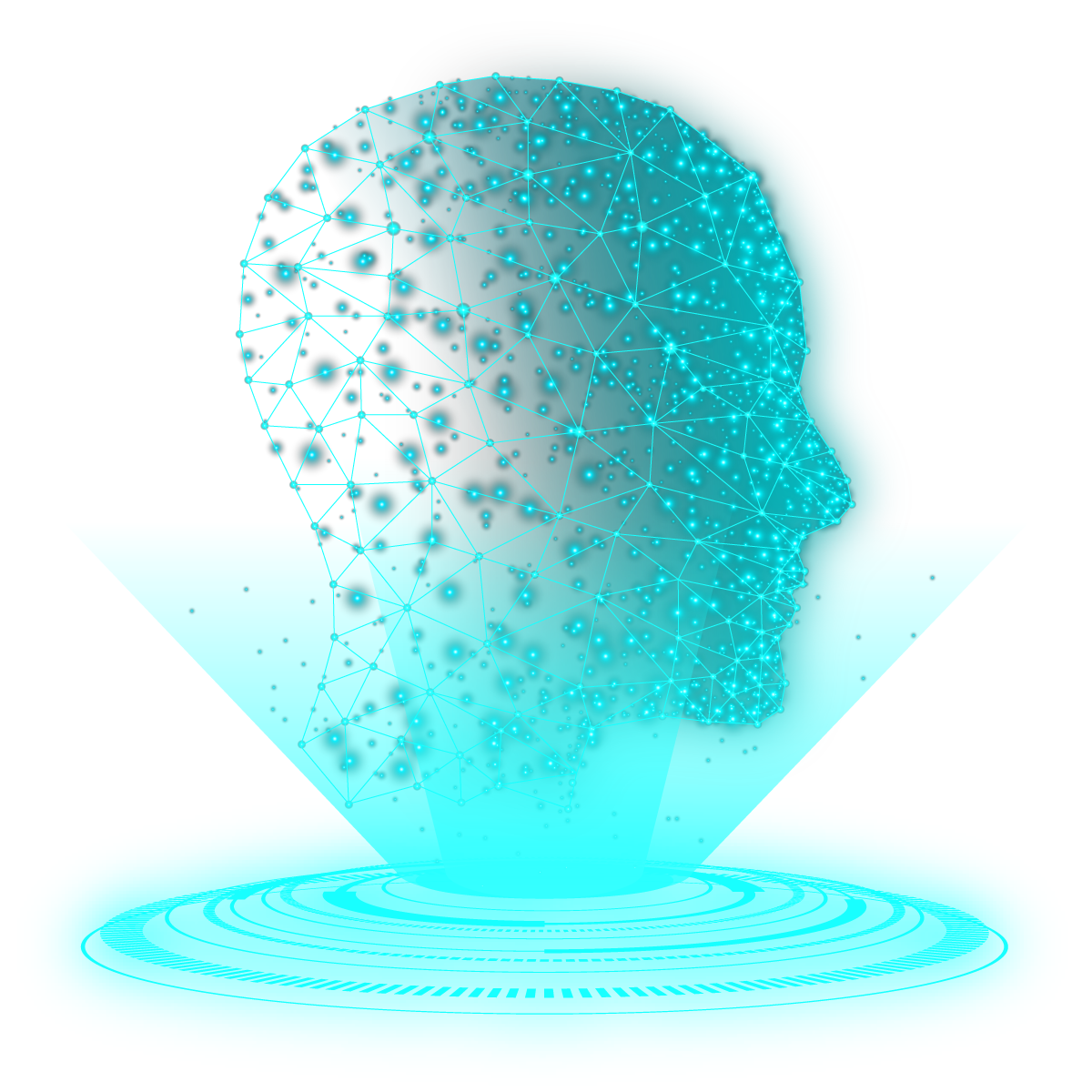Utilities & Energy
Model energy systems, predict equipment failures , and optimize grid operations. Accelerate simulation, tune control strategies, and monitor infrastructure performance—across power plants, substations, and renewable systems.

Power systems are increasingly dynamic, distributed, and data-rich—yet difficult to model and control with traditional methods. From digital twin validation and control strategy optimization to predictive maintenance and renewable performance tuning, the MIND Platform helps engineering teams build interpretable AI models that accelerate simulation, anticipate failures, and support real-time decision-making across the energy value chain.
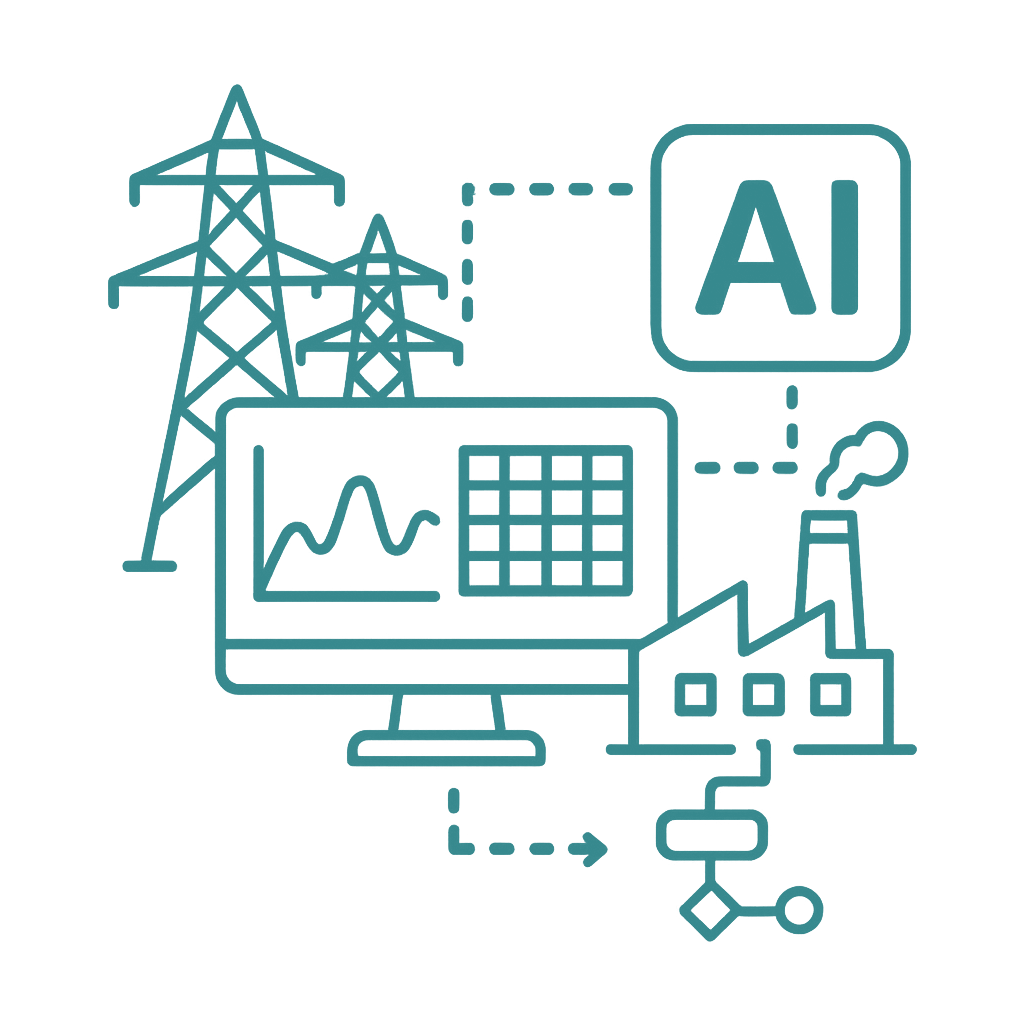
Power System Modeling & Simulation
Accelerate grid and plant-level modeling with AI-trained surrogates and simulation-informed learning.
- Build fast-running surrogates of electrical, thermal, or fluid systems using high-fidelity simulation data
- Simulate load behavior, peak demand response, or network faults across operating scenarios
- Reduce model tuning cycles and improve scenario coverage for system-level studies
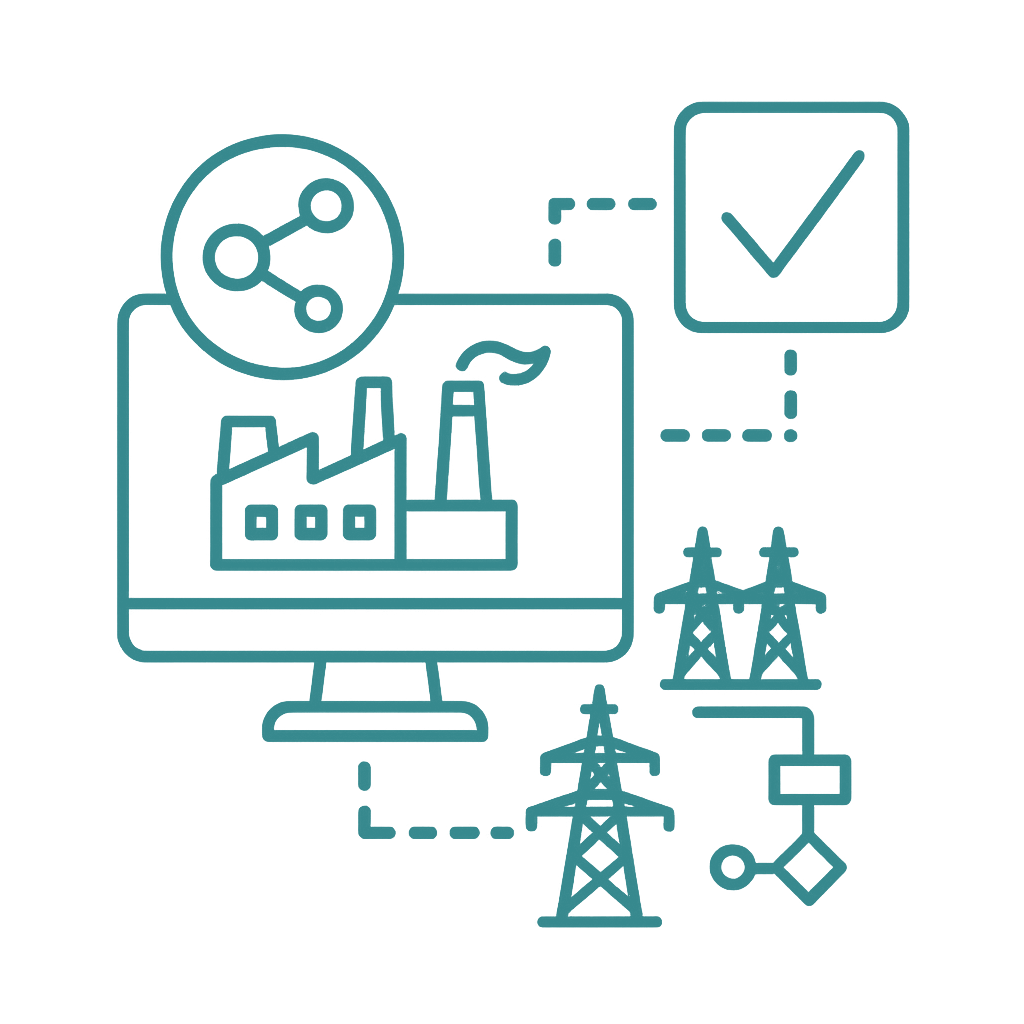
Digital Twin Validation & Control Strategy Optimization
Deploy trusted models that inform real-time decisions across generation, transmission, and distribution.
- Validate digital twins using field data, SCADA inputs, and sensor streams
- Optimize control strategies under uncertainty, variability, or extreme conditions
- Use interpretable models to understand failure modes, threshold crossings, or anomaly triggers
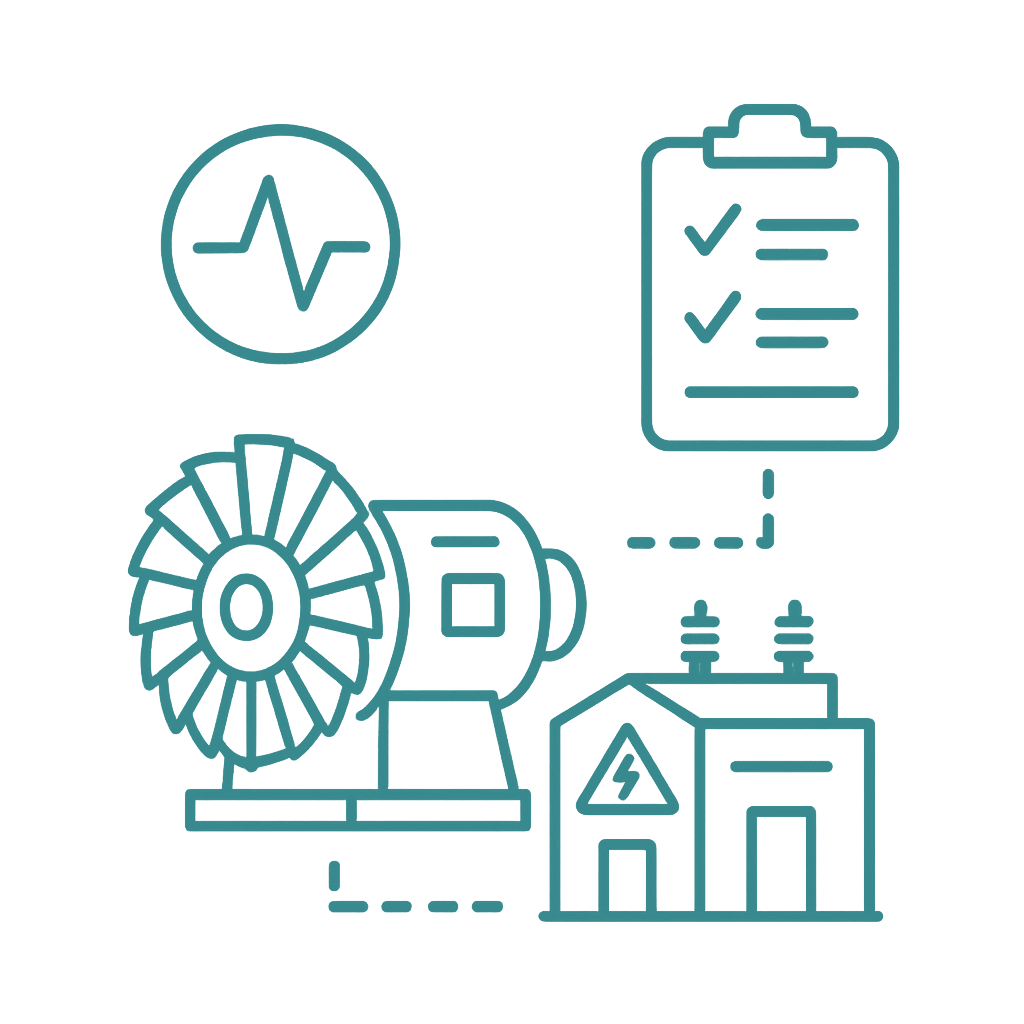
Predictive Maintenance & Asset Health Monitoring
Predict degradation and avoid downtime for high-value infrastructure—from turbines to substations.
- Model wear, fatigue, or drift using historical and sensor data
- Predict failure likelihood under varying environmental and operational loads
- Extend asset life and reduce maintenance spend through early detection
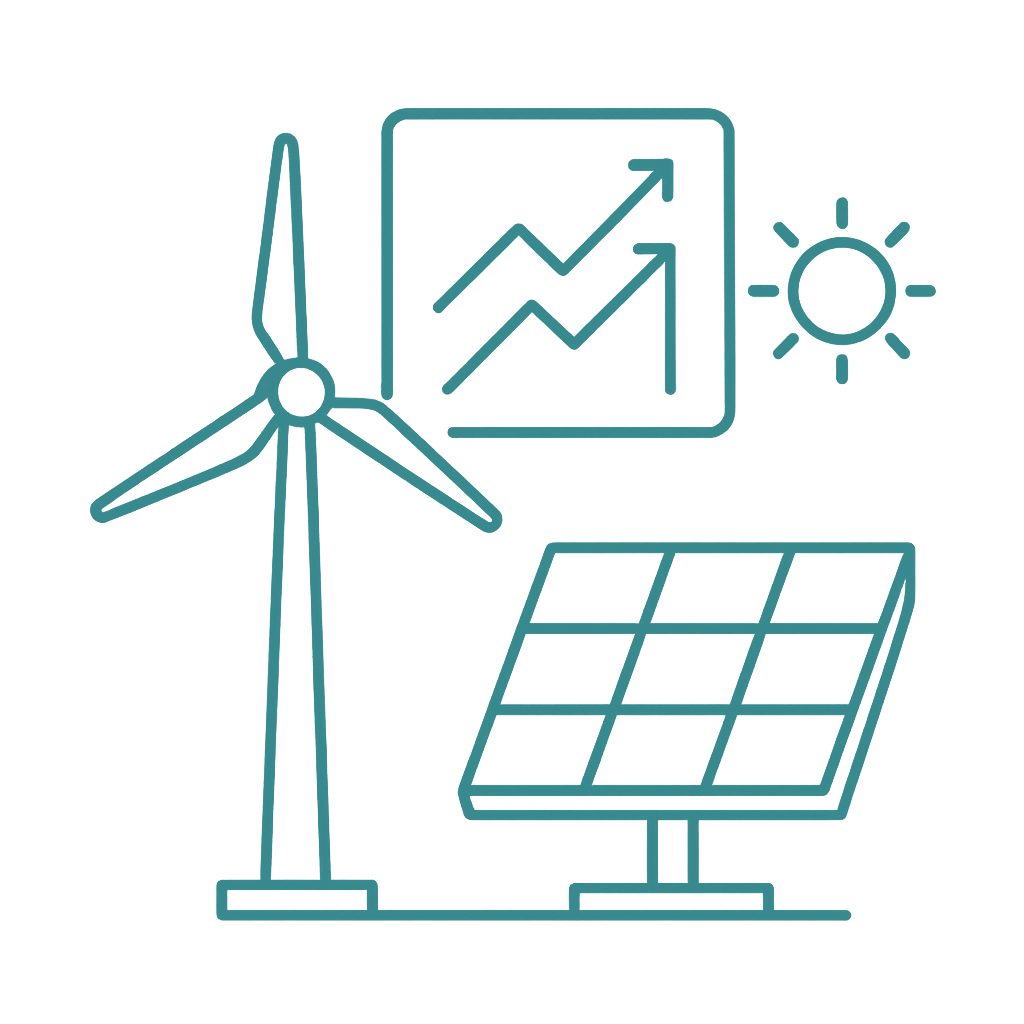
Renewable Energy Performance Optimization
Support wind, solar, and hybrid energy systems with faster feedback and smarter system tuning.
- Model environmental and load interaction effects on output variability
- Simulate turbine, inverter, or storage system behavior under real-world conditions
- Tune configurations to improve uptime, efficiency, and capacity factor
Solving Hard Problems Starts Here.
Let’s solve yours next. From simulation bottlenecks to multiscale manufacturing complexity—tell us what you’re up against. We’ll dig in together.
